China – More output with fewer players
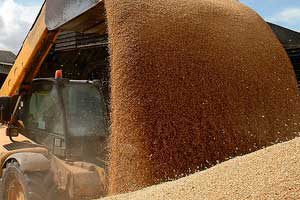
China was in 2012 once again the world leader in feed production with 198.3 million tonnes manufactured in more than 10,000 feed mills. With a trend of consolidation, scale expansion, vertical integration and higher efficiency.
By Aidan Connolly and Mark Lyons, Alltech
China’s feed output accounts for 20% of global output. The total volume in 2012 is estimated at 198.3 million tonnes, increased by 13% from the previous year. However, observers suggest there is a large amount of feed produced locally and not in a factory setting, making it impossible to quantify and suggesting that this totally underestimates the actual amount. The total amount of feed required for China could be closer to 600 million tonnes, according to the latest survey by Alltech.
The growth is projected to be leveraged by consolidation, intensification and industrialisation. The trend can also be seen in the number of feed companies which decreased significantly from 15,518 in 2005 to 10,843 in 2010, as reported by the China Feed Industry at a meeting in December 2012. With many of the remaining companies having increased their output. Today, over 30 companies have production exceeding 500,000 tonnes per annum, representing 42% of China’s total tonnage. Plus four are listed in the global top 10 (Table 1).
Although the consolidation has resulted in fewer feed companies with larger outputs, they are still relatively small in terms of volume. For example in the European Union, an average feed mill produces 42,000 tonnes of compound feed per year, compared to 14,900 tonnes by their Chinese counterparts.
According to the Chinese feed industry association, the companies with at least 500,000 tonnes per annum will soon account for more than half of the country’s compound feed output. Vertical integration in the supply chain is developing. Many listed companies, as Table 2 shows, have non-feed activities through the supply chain of livestock production. At the same time, for each of the feed companies including smaller players, efficiency triggered by surging feed costs and quality assurance are high on the agenda.
Join 26,000+ subscribers
Subscribe to our newsletter to stay updated about all the need-to-know content in the feed sector, three times a week. Beheer
Beheer

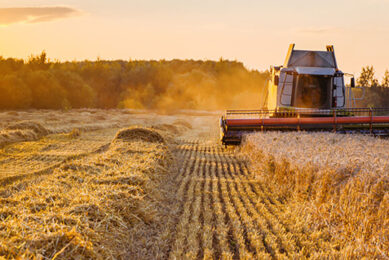
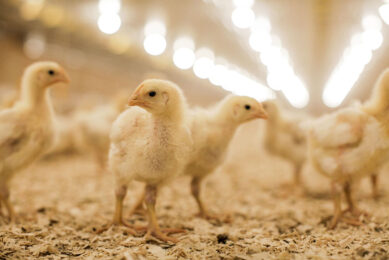
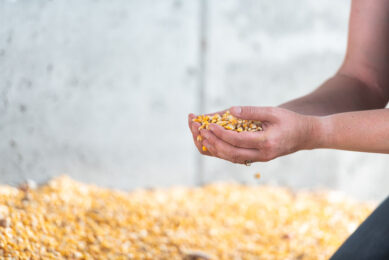
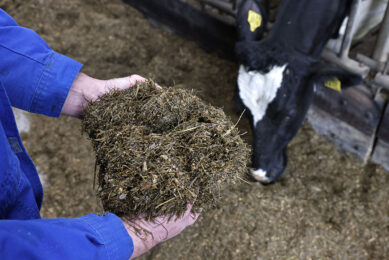




 WP Admin
WP Admin  Bewerk bericht
Bewerk bericht